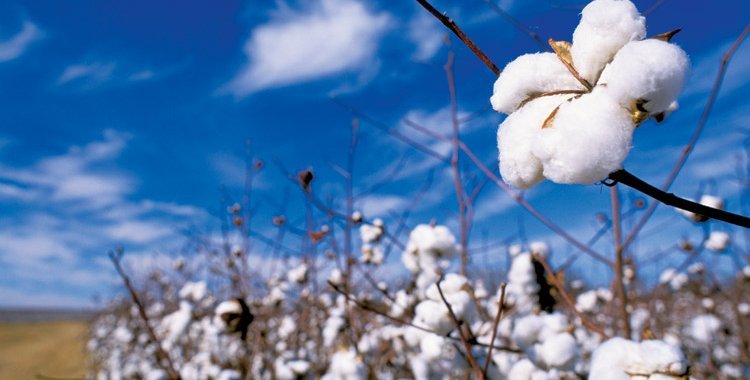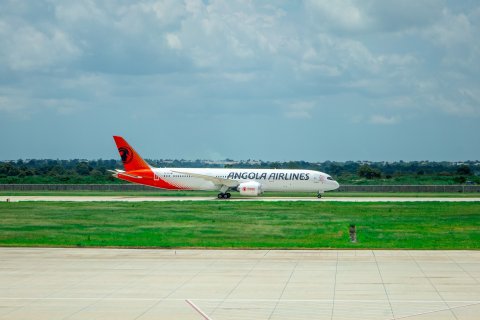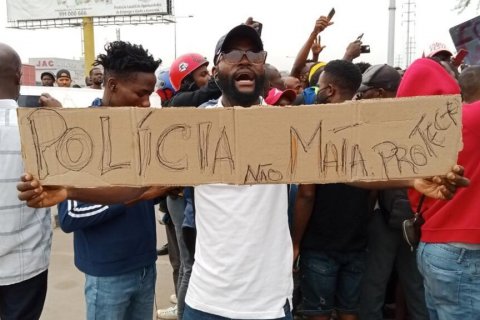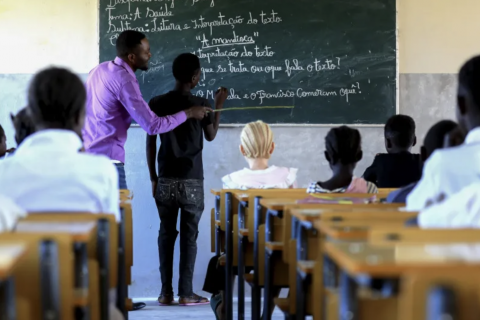This reactivation – which is the responsibility of the company Investimentos e Participações (IEP), which owns Textang II – includes 100 families who received prior training and who will initially explore one hectare each.
The collection of the first production is expected to take place in July, estimated to reach 300 tons of cotton.
These tons will serve to support the Textang II operation and thus reduce imports of this material, revealed Oscar Albarracin, an agronomist at the IEP.
Cited by Angop, the engineer explained that in the next production phase, the initiative will cover two other municipalities in Malanje, specifically Quela and Cahombo.
Francisco Mutacambo, municipal administrator of Cuanda-Dia-Base, considered that the relaunch of this production will meet the request of the local population, which for some time has been demanding the reactivation, in order to ensure income for families related to cotton cultivation, writes to Angop.
In turn, Carlos Chipoia, director of the Provincial Agriculture Office, informed that alongside the IEP there are other companies that are about to start operating in this production chain. For this reason, he said, it is estimated that in two years there will be a coverage of 10,000 hectares.
It should be noted that Baixa do Cassanje once assumed the position of the largest cotton producer in the country, with 250 thousand hectares available for cotton exploration.







